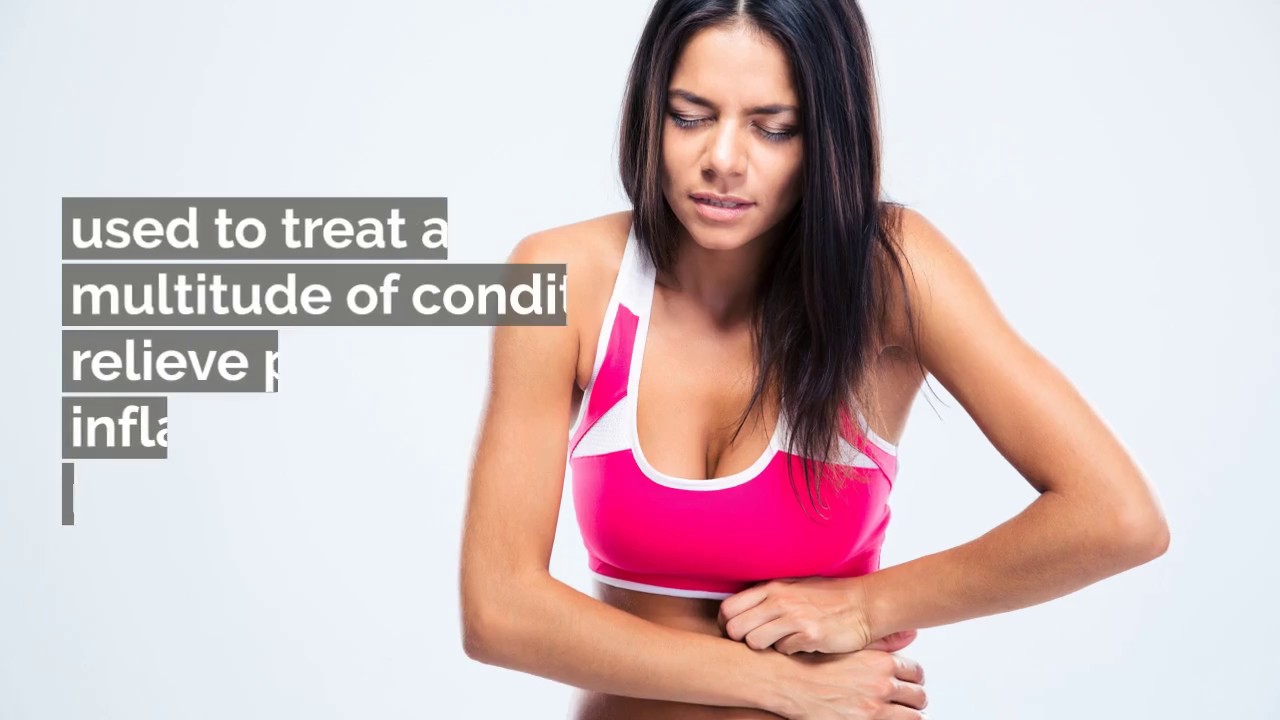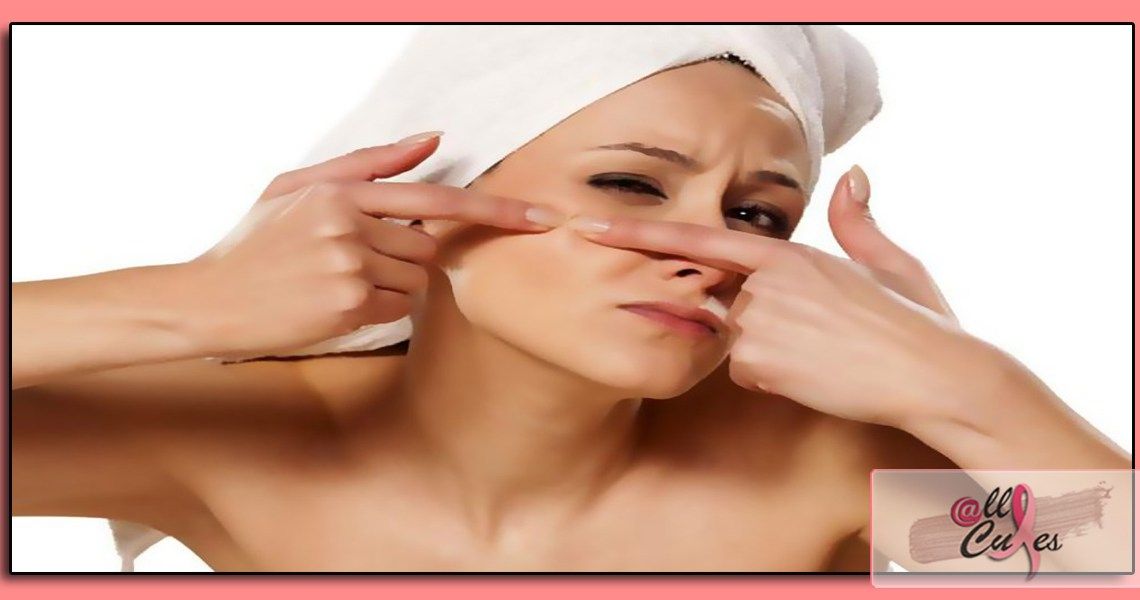
A sebaceous gland is a follicle-like structure beneath the skin that secrete sebum. This kind of gland is usually not cancerous, although they can develop into a nodule that causes redness, itching and even skin peeling. They generally form on the nose, chin, neck, shoulders, chest, and upper back, but they can also develop on other areas of your body.
A sebaceous gland is an inflamed follicle-like lump or bump underneath the skin. This kind of gland is not usually cancerous. They typically grow slowly, with no pain, and do not produce any swelling. This means they will usually remain harmless unless it becomes enlarged.
The sebaceous glands secrete small amounts of oil to protect the body from dirt, germs, and other tiny hairs that get stuck under the skin's surface. This oil also helps the skin to retain moisture. Sometimes a large or small gland does indeed become infected with bacteria, which can lead to serious skin problems.
A common sign of infection is that the affected area becomes very dry and inflamed. Sebum production can become abnormal in the infected gland. These signs can appear at any time; for example, if a lesion develops on the skin, it will be noticeable by the appearance of redness, swelling, itching and cracking.
Acne is usually caused by hormones. A hormone called androgen, which is produced by the sebaceous glands, causes acne on the skin. When this hormone is overly active, it can lead to inflammation or pustules, which then fill with pus.
Another common cause of acne is stress. If you are always worried about how you look, or if you tend to pick at your skin, this can lead to inflammation. As an alternative to picking, you can try removing your hands from your face and scratching or rubbing your face with your hands instead. You should avoid excessive sweating and relax when you are under stress.

If you have acne, you can treat it with various methods that are suitable for different types of acne. Of course, the most common treatment involves using topical acne medications such as benzoyl peroxide. Some people also try over-the-counter medications such as retinoids. This is usually used after a dermatologist has prescribed oral antibiotics to kill bacteria that can cause acne. Benzoyl peroxide can dry out and redden the skin, so a moisturizer should be used to keep the skin moist.
There are also creams and ointments on the market that contain ingredients to treat other problem areas, including your back. They can be used to treat any area of your body that has acne, including your chest, knees, hips, and knees.
Acne treatment creams and lotions can help to get rid of bacteria that are causing the acne, so they can be effective against all types of acne. However, these are not a cure-all and they cannot prevent the occurrence of new pimples.
A natural acne remedy may help to relieve the discomfort associated with acne and to cure it more permanently. In these cases, it may take a few weeks before the effects start to be seen.
Acne treatment is not only available at your local drugstore or cosmetic store. The internet also offers numerous options and products that can help to get rid of acne.
It is important to choose a product that is safe for you to use because you don't want to put yourself or your skin at risk. By taking precautions, you can keep acne from occurring in the future. Always consult your dermatologist before using any acne treatment.
About the author